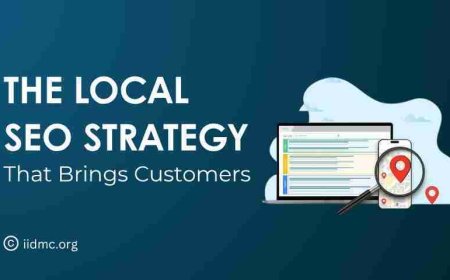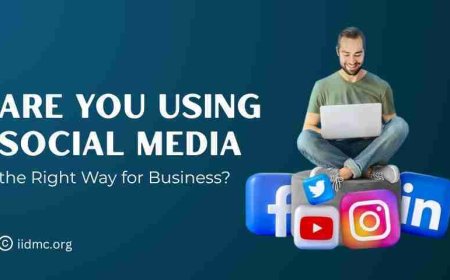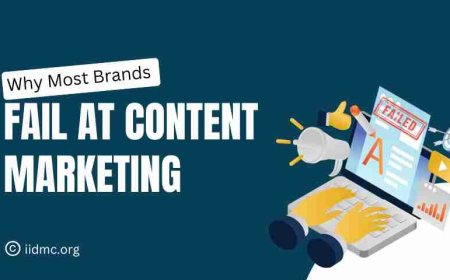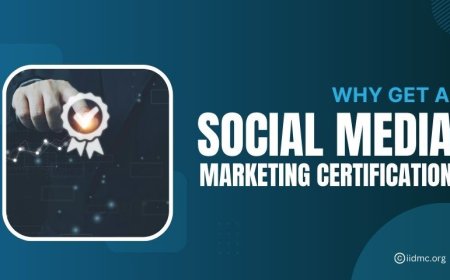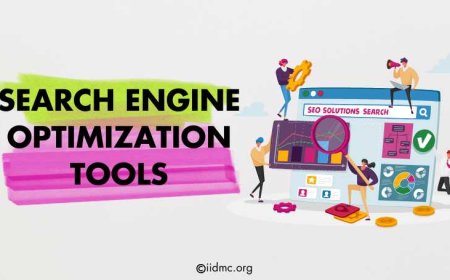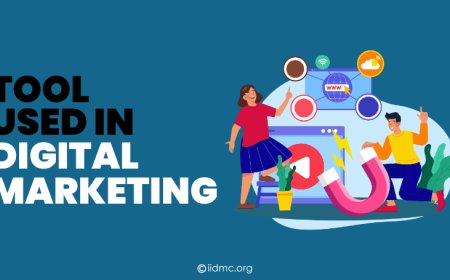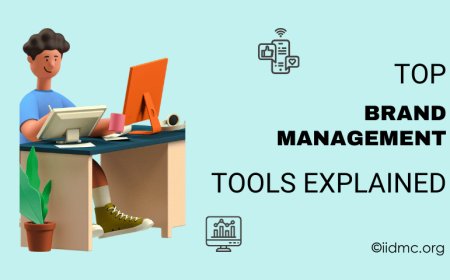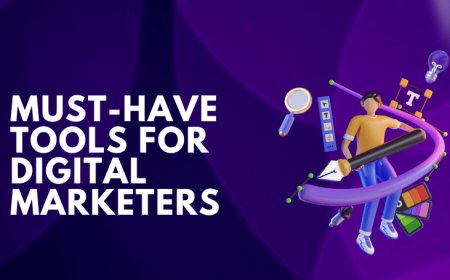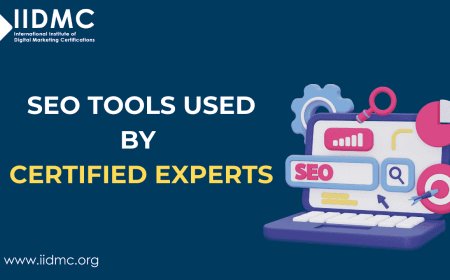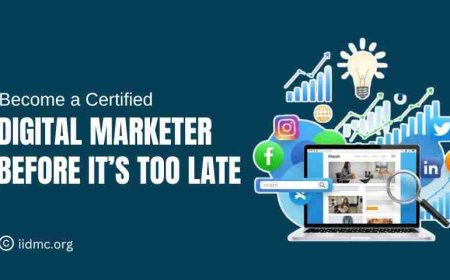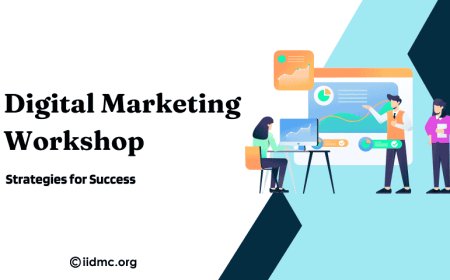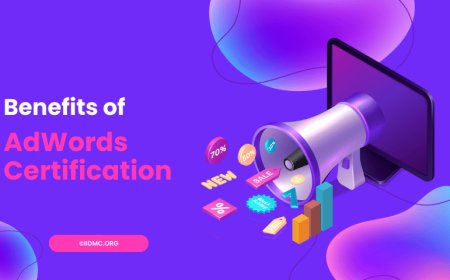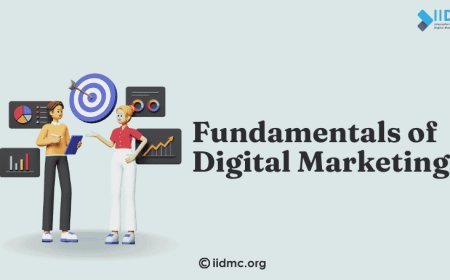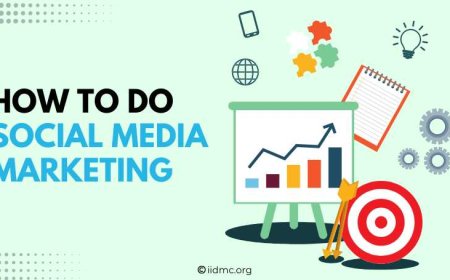What is a Backlink in SEO?
Learn what backlinks are, why they matter for SEO, and how they can help your website rank higher with simple tips and clear, easy-to-follow advice.
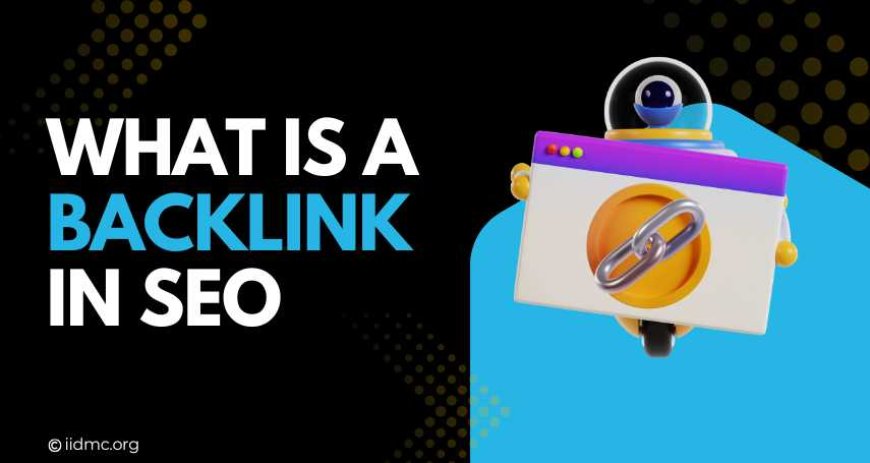
If you're trying to increase the visibility of your website on Google, you've probably heard of "backlink." While it might seem at first complicated, this SEO technique is actually straightforward and effective. Simply put, a backlink is a link pointing to your website from another website. These links are essential for improving your website's search engine ranking.
I know from my own experience working on SEO efforts that a single link from a reputable source may greatly increase a page's exposure. I'll provide a clear and understandable explanation of it, its significance, and how it can help in the expansion of your website.
What is a Backlink?
It is simply a link from one website to another. It is also known as an "inbound link" or "incoming link." When another website links to your site, they are giving you a backlink. For example, if a food blogger writes a post and includes a link to your recipe website, that is a link to your site.
It is like digital votes of confidence. They tell search engines that your content is trustworthy, helpful, or valuable in some way.
Why Are Backlinks Important for SEO?
Search engines like Google use backlinks to understand how useful and popular your website is. The more quality links you have, the higher your site may appear in search results.
Here are a few reasons why it matters:
1. Improve Search Engine Rankings
It helps your site rank better on search engines. If several websites link to your content, search engines see your site as a trusted source.
2. Increase Website Traffic
When people click on backlinks to visit your site, you get more traffic. These visitors may become customers or regular readers.
3. Build Authority and Trust
A website with strong backlinks is often seen as more reliable. This can help build trust with both search engines and people.
4. Faster Indexing
Search engines discover new websites and pages by following links. Having it on popular sites helps your new content get noticed faster.
Types of Backlinks
Not all links are created equal. There are two main types of backlinks:
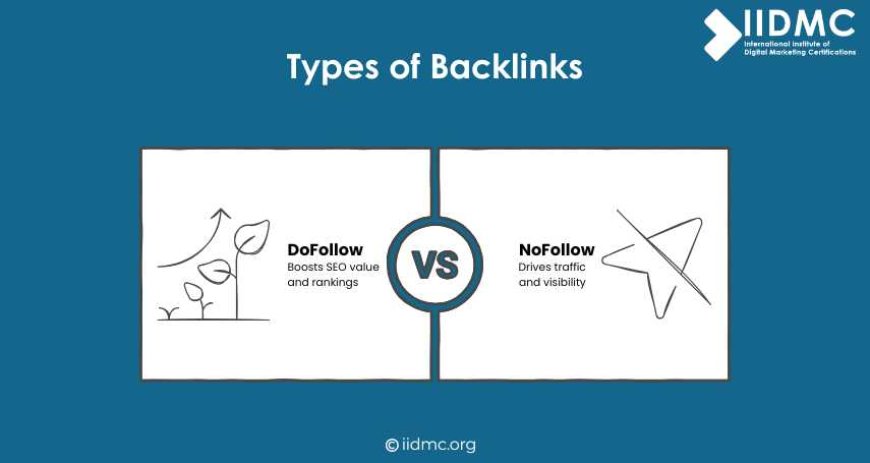
1. DoFollow Backlinks
These are the most valuable types of backlinks. When a website gives you a DoFollow link, it tells search engines to pass on some SEO value to your site.
2. NoFollow Backlinks
These links tell search engines not to pass SEO value. While they don’t help with rankings directly, they can still bring traffic and visibility.
Both types can be useful, but DoFollow links are more important for improving your search engine rankings.
Good vs. Bad Backlinks
It’s not just about how many links you have; the quality matters too. Let’s break it down:
Good Backlinks
-
Come from trusted, relevant websites.
-
Use natural anchor text (the clickable text in a link).
-
Are placed in meaningful content.
Bad Backlinks
-
Come from spammy or unrelated sites.
-
Use over-optimized or unnatural anchor text.
-
Are bought or traded in shady ways.
Search engines may penalize sites with too many bad links, so focus on getting quality links from good sources.
How to Get Backlinks
Getting it can take time, but it’s worth the effort. Here are some simple ways to earn them:
1. Create Great Content
When you publish useful, informative, or entertaining content, other websites are more likely to link to it.
2. Write Guest Posts
You can write articles for other websites in your industry. In exchange, they often let you include a link back to your site.
3. Reach Out to Others
If you have a helpful article, you can email bloggers or website owners and ask them to consider linking to it.
4. Use Social Media
Sharing your content on social media can get more people to see it. This can lead to natural backlinks over time.
5. List Your Website in Directories
Submit your site to trusted online directories or business listings. This can help you get easy links.
Anchor Text: What It Means
Anchor text is the visible, clickable text in a hyperlink. For example, in the sentence "Check out this SEO guide," the words "SEO guide" are the anchor text.
Using clear and relevant anchor text is important. It helps search engines understand what your page is about. But don’t overdo it. Keep it natural.
What Makes a Backlink High Quality?
Here are some traits of a high-quality backlink:
-
Comes from a popular and trustworthy website.
-
Is placed naturally within the content.
-
Uses relevant and natural anchor text.
-
Is not paid or spammy.
High-quality links are more valuable than getting many low-quality ones.
Common Myths About Backlinks
There are many misconceptions about backlinks. Let’s clear up a few:
Myth 1: More Backlinks Are Always Better
Quality matters more than quantity. Ten great backlinks can be better than 100 bad ones.
Myth 2: Only DoFollow Links Matter
While DoFollow links are better for SEO, NoFollow links can still bring traffic and help build your brand.
Myth 3: You Can’t Control It
While you can’t force someone to link to you, you can create great content and reach out to earn links.
Myth 4: Paid Backlinks Always Work
Buying links can hurt your site if done the wrong way. Focus on earning links naturally.
Tools to Check Your Backlinks
There are several tools you can use to see who is linking to your website. Some popular ones include:
-
Ahrefs
-
SEMrush
-
Moz Link Explorer
-
Google Search Console
These tools can help you understand your backlink profile and find ways to improve it.
It's an important part of SEO. They help search engines in determining the authority and worth of your website. However, not every backlink is created equal. Make an effort to obtain high-quality links from reliable sources.
You may create a more robust, visible website that performs better in search results by knowing what they are and how they operate.
